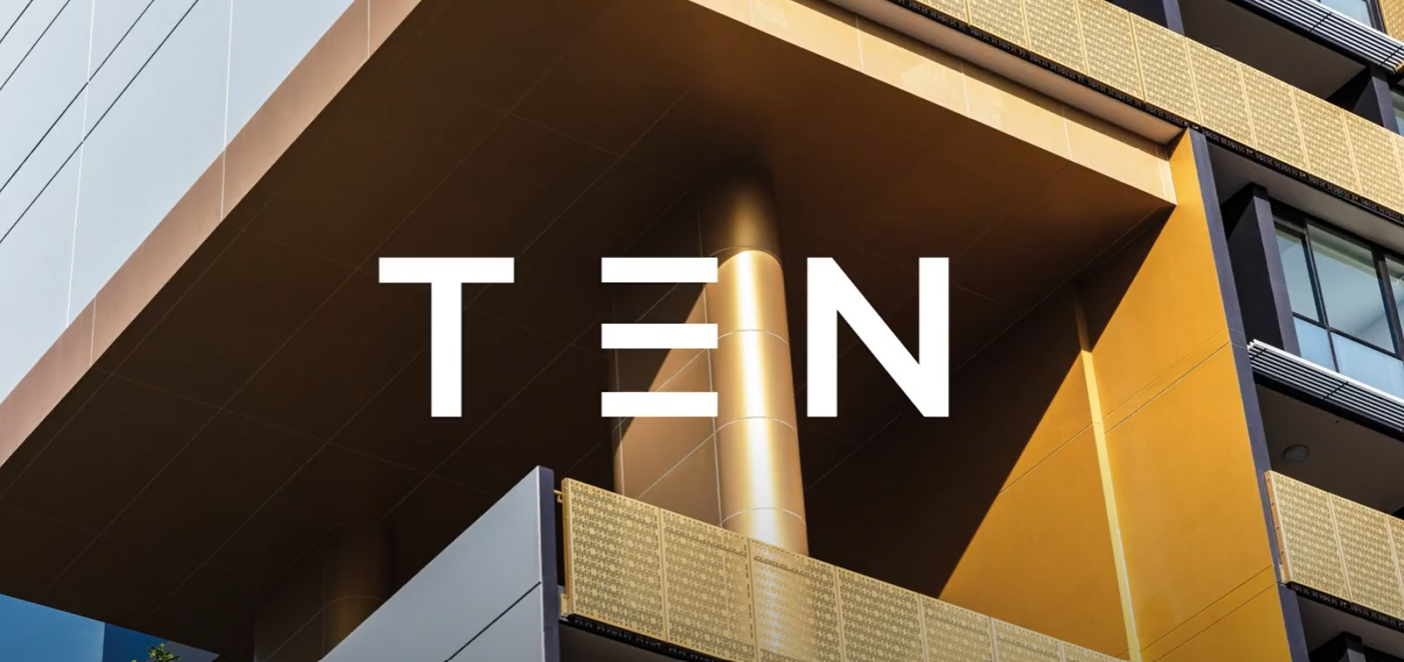
Home ownership is vital to the social and economic well-being of Australians, and the Government is supporting more Australians into the housing market with their recently announced housing schemes.
The 2022-23 Federal Budget aims to deliver $2 billion for more affordable housing.
The Home Guarantee Scheme will expand to offer 50,000 places a year – more than double the number of places currently available. The scheme guarantees part of an eligible home buyer’s loan, allowing people to enter the market with a smaller deposit, as low as two percent or five percent.
Under the expanded Home Guarantee Scheme, the Government will make available:
- 35,000 guarantees each year, up from the current 10,000, from 1 July 2022 under the First Home Guarantee, to support eligible first home buyers to purchase a new or existing home with a deposit as low as five percent;
- 10,000 guarantees each year from 1 October 2022 to 30 June 2025 under a new Regional Home Guarantee, to support eligible home buyers, including non‑first home buyers and permanent residents, to purchase or construct a new home in regional areas,
- 5,000 guarantees each year from 1 July 2022 to 30 June 2025 to expand the Family Home Guarantee announced in last year’s budget. Australia’s first-ever specifically targeted single-parent family housing scheme supports eligible single parents with children to buy their first home or to re‑enter the housing market with a deposit of as little as two percent.
What’s in the Budget for women?
The scheme has particularly supported women and front-line workers, with one in five guarantees issued to essential workers, almost 35 percent of which were nurses and 34 percent were teachers.
Of total guarantees issued, 52 percent of guarantees went to women, well above the market average of 41 percent women, while 85 percent of Family Home Guarantees were taken up by single mums.
More help to achieve homeownership sooner
Research revealed Australians will need to save for at least eight years for a deposit and more than 40% of voters in most Sydney, Brisbane and Melbourne electorates are experiencing rent and mortgage stress.
To help Australians boost their savings for a first home, the First Home Super Saver Scheme (FHSSS) will allow them to build a deposit inside their superannuation, giving them a tax cut. For most people, the FHSSS can boost their savings towards a deposit by at least 30 percent compared with saving through a standard deposit account.
Under the Home Guarantee Scheme, part of an eligible home buyer’s home loan will be guaranteed, enabling Australians to enter the property market sooner with a smaller deposit.
Also from 1 July 2022, the maximum amount of voluntary contributions that can be released under the FHSSS will be increased from $30,000 to $50,000 enabling first home owners to achieve their dreams of home ownership sooner.
Over the last year, 160,000 Australians purchased their first home with the help of HomeBuilder, the First Home Super Saver Scheme and the Home Guarantee Scheme.
Supply and demand still an issue
With the average house prices in Australia’s capital cities recently hitting $1 million, Property Council of Australia chief executive Ken Morrison said the new initiatives from the government were welcomed, however, they still did not resolve the issue of supply-and-demand.
“The Government’s own forecasts from the National Housing Finance and Investment Corporation predict that housing supply was set to drop by 35 percent right at the time population growth would resume, leading to a deficit of 163,400 homes by 2032,” Mr Morrison said.
Overseas migration expected to return to normal levels
The government said 180,000 arrivals are forecast for 2022-2023 and 213,000 arrivals are expected in 2023-24.
The Urban Development Institute of Australia and national president Max Shifman said this is critical for closing the migration gap that has set back the economy and industry over the last two years during the pandemic.
But responses to the housing measures announced in the budget were mixed, with missed opportunities within the build to rent sector despite the recommendations made by a Government Inquiry.
The Inquiry recommended stamp duty should be replaced over time with an annual land tax. This would increase housing turnover, remove an unnecessary obstacle to home ownership, and stabilise government revenues. “The evidence the committee has heard suggests that build-to-rent housing would provide consumers more choice,” Liberal MP Jason Falinski said.
With an election just around the corner, an entire generation of millennials will be waiting to see how this budget offers them hope in their quest to buy a home.


